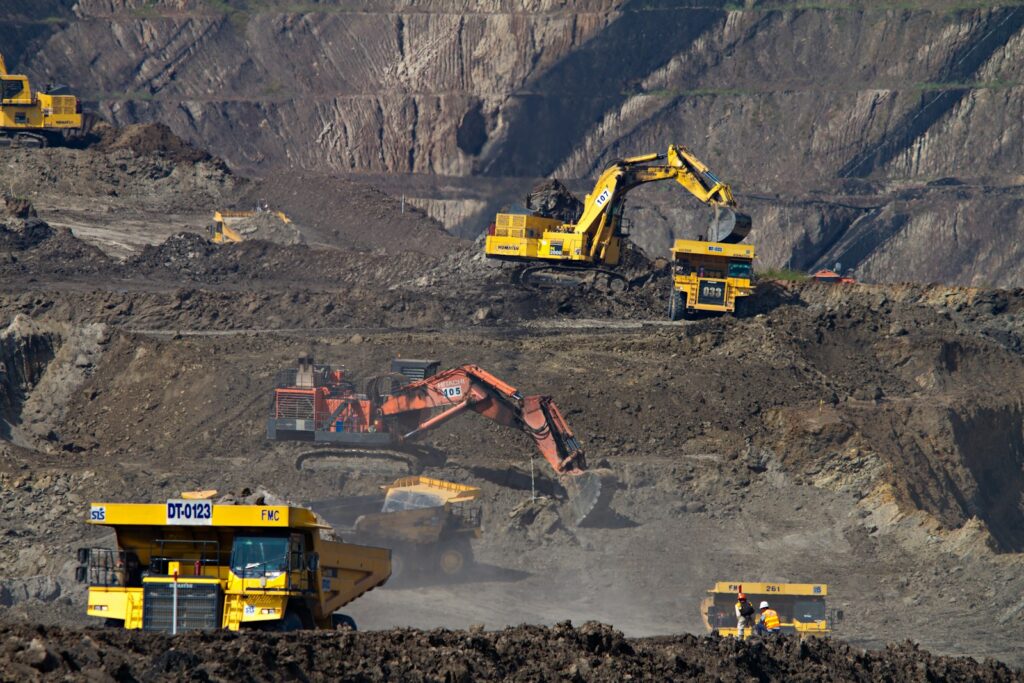- Bitcoin’s hash rate reaches an all-time high, signaling increasing mining difficulty and network security.
- The rising hash rate is leading to greater competition among miners, with publicly listed mining companies expanding their market share.
- Energy costs and capital strength are key factors influencing mining competition.
- Despite increased competition, large, publicly traded miners are gaining dominance due to their capital and energy efficiency.
Rising Bitcoin Hash Rate Signals Stronger Network
In October 2024, Bitcoin’s hash rate—the total computational power used to mine and process Bitcoin transactions—hit a record high, reaching approximately 795 exahashes per second (EH/s) according to mempool.space. This unprecedented surge in hash rate not only marks the growing interest and involvement in Bitcoin mining but also reflects the increasing security of the network. The higher the hash rate, the more difficult it becomes to manipulate the blockchain, thereby improving the overall resilience of the network.
Since early August 2024, the hash rate has been climbing steadily, surpassing previous highs set in September. Notably, this spike comes after a temporary dip from May to July following the Bitcoin halving event. This event, which occurs approximately every four years, reduces the reward miners receive for adding a new block to the blockchain. While halvings historically lead to a decline in hash rate due to reduced profitability, this recent rise indicates a strong recovery.
Increased Mining Difficulty
With the hash rate at such high levels, Bitcoin’s mining difficulty has also reached new peaks. Mining difficulty adjusts approximately every two weeks to ensure that blocks are mined roughly every 10 minutes. As more miners join the network and contribute computational power, the difficulty level automatically increases. In October, the mining difficulty hit around 95 trillion (T), reflecting a more competitive and resource-intensive environment for miners.
Higher difficulty makes Bitcoin mining more challenging and less profitable for smaller, less efficient operators. As a result, only those with access to cheaper energy and more efficient hardware are able to sustain their operations profitably.

Competition Among Public Miners Intensifies
One of the most notable trends accompanying the rising hash rate is the growing dominance of publicly traded mining companies. These companies, often backed by substantial capital, have the ability to invest in state-of-the-art mining equipment and secure lower energy costs, giving them a significant advantage over smaller, independent miners.
TheMinerMag reports that the top 16 publicly listed mining companies now control over 24% of the global Bitcoin mining hash rate. This concentration of power in the hands of a few large players is reshaping the competitive landscape of Bitcoin mining. These companies can continue expanding their operations, even as smaller players are squeezed out due to rising costs and increased difficulty.
Capital and Energy Costs: Key Competitive Factors
The competitive dynamics in Bitcoin mining are heavily influenced by two major factors: capital strength and energy efficiency. Mining is a capital-intensive business, requiring significant investment in both hardware and infrastructure. Publicly listed mining companies, due to their access to capital markets, can more easily raise funds for such investments. Additionally, they often have the scale and negotiating power to secure favorable energy contracts, further lowering their operating costs.
For smaller miners, these factors create significant barriers to entry and sustainability. With electricity costs representing a major portion of operational expenses, those who can secure cheaper energy have a considerable advantage. This disparity is exacerbated by the fact that mining difficulty and hash rate continue to rise, making it increasingly expensive to compete in the mining industry.
Hash Rate and Bitcoin Price Correlation
Historically, Bitcoin’s hash rate and its price have shown a strong correlation. As the price of Bitcoin rises, more miners are incentivized to join the network, leading to a higher hash rate. The increased competition, in turn, drives up mining difficulty, creating a cyclical relationship between price and network security. In 2024, this trend has continued, with both the hash rate and Bitcoin’s price increasing steadily since the halving event earlier in the year.
Although there are other factors at play—such as energy costs and geopolitical conditions—the historical relationship between Bitcoin’s price and hash rate suggests that a strong hash rate is a positive indicator for future price performance. As long as miners remain confident in Bitcoin’s long-term value, they will continue to invest in expanding their operations, further increasing the network’s hash rate.
————————————————————————————————–
The recent surge in Bitcoin’s hash rate to all-time highs is a clear indication of the growing competition in the mining industry. As difficulty increases, only those with access to capital and low energy costs will be able to maintain profitability. Publicly listed mining companies, with their ability to raise funds and secure favorable energy contracts, are emerging as dominant players in this space, capturing a larger share of the global hash rate.
This trend of rising hash rate and increased mining difficulty is likely to continue, especially if Bitcoin’s price continues to rise. While this strengthens the security of the Bitcoin network, it also raises the barrier to entry for smaller, independent miners, who are increasingly unable to compete with the resources of larger, publicly traded companies. Nevertheless, the strong correlation between hash rate and price suggests that the future remains bright for Bitcoin, provided the network continues to grow in both strength and security.


